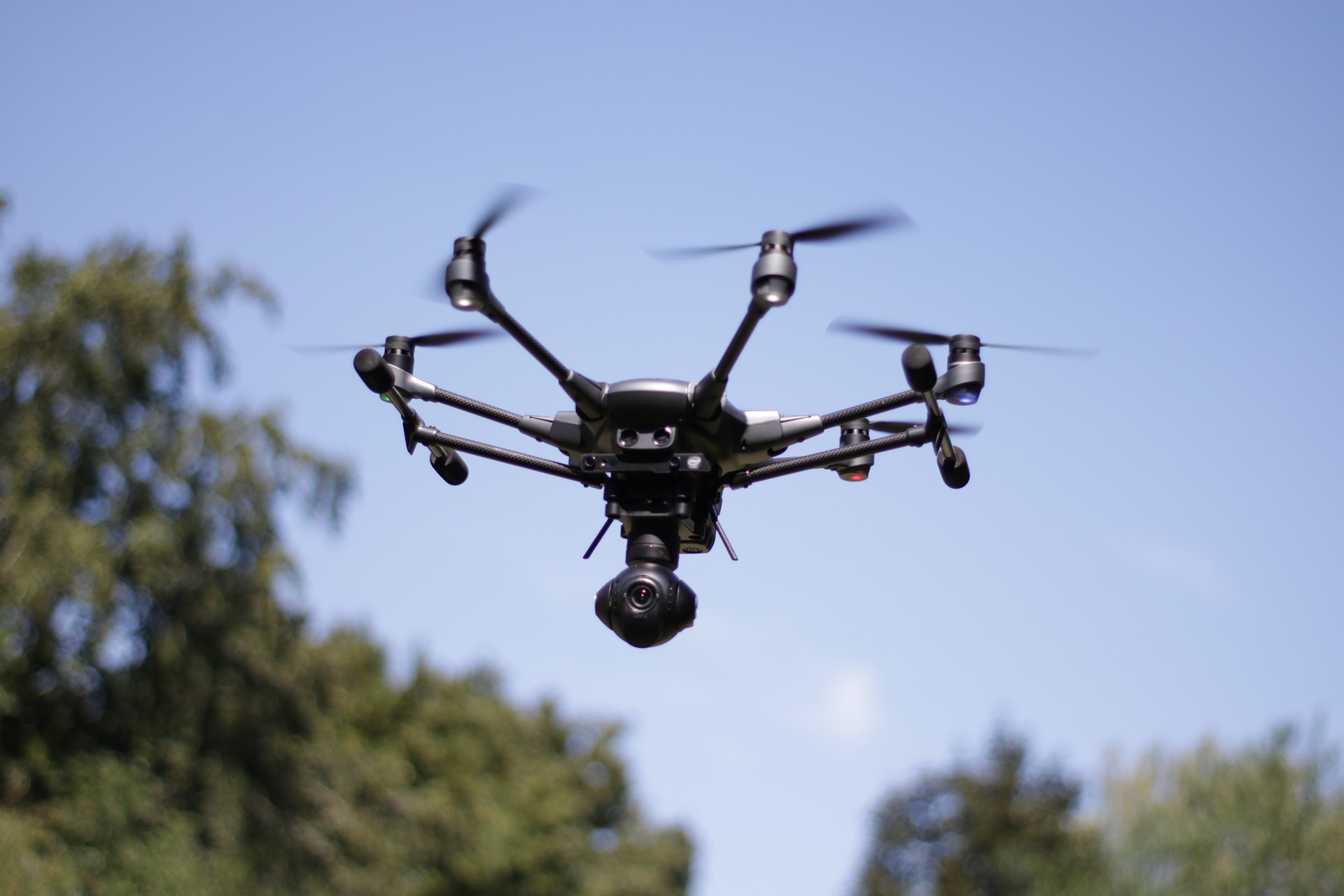How drones revolutionized farming industry?
Unscrewed aerial vehicles known as drones have been used by many industries or in agricultural lands since early 1980. Today the practical applications of drones have been growing faster than any other sector. All thanks to the government for robust investment and relaxing in regulations for using drones.
The technology is beneficial, especially for agricultural usage. The food producers can get help to make new revolutionary strategies for producing food and increasing productivity. It gives a high technology makeover to the agriculture industry. The farm owner can plan for further strategies based on real-time data gathering and processing.
Drones have brought a revolution in the farming industries in many ways. Some of them are described below.
- Helps in keeping crop safe:
Problem:
The most significant obstacle of the farming industry is vast fields and low efficiency in the crop monitoring system that can be increased by unpredictable weather conditions.
Solution:
The cost and risk of field management can be improved all thanks to drones that can show the precise development of a crop. The satellite imagery offered an advanced form of monitoring weather conditions. So, one can plan for safety management after getting the weather information of the next day. It helped a lot in keeping the crops safe.
- Improved quality and strategies for planting:
Problem:
The farmers were unable to check which nutrients are needed to keep the crop safe. It is impossible to keep an eye on the crop all the time. Hence, drones helped to resolve the problem.
Solution:
Drones have decreased the cost of planting by 85 percent and achieved an uptake rate of 75 percent by shooting pods with seeds and plant nutrients into the soil. It also provides the data of the necessary nutrients of plants to sustain life. By decreasing the cost of the planting system, it has brought a revolution in the farming industry in this way also.
- Checking the crop cycle:
Problem:
Earlier it was difficult to keep an eye on the crop cycle and harvesting time. Farmers had to check the whole field before starting the harvesting.
Solution:
Now drones have been useful from the start of the crop cycle. They are helpful for soil analysis by producing 3-D maps. The farm owner analyzes the soil condition of the field and then he will able to plan for planting and deciding seed patterns. It also provides data on irrigation and nitrogen level management after planting. Therefore, the farmer doesn’t need to check the soil conditions and feeding requirement by a physical visit in their agricultural lands. They can get all the data by sitting at home.
- Proper irrigating time:
Problem:
Earlier it wasn’t very easy to check the whole field physically to know which part needs more water and vice-versa. Farmers had to face difficulty in growing good quality crop due to this reason.
Solution:
Drones can identify which part of the ground is dry and need improvements with the help of hyper-spectral, multi spectral, or thermal sensors. When the crop starts growing, it calculates the vegetation index to describe the density and health of plants. It also shows the data of the amount of heat and energy that the plant emits.
Drones have revolutionized a lot of other industries too. Especially, when it comes to cricket, two things that have changed the dynamics for the fans are drones and the rise of online betting platforms. Indian people are now getting more interested in fantasy games and online betting websites. You can check reviews of Indian sportsbooks that can help you to learn more about the games to bet.
Drones reduce the workforce also!
The above-given ways can describe the revolutionary changes in the farming industry by drones. Apart from these ways, it also helps to decrease the cost of human resources for planting, feeding, and monitoring of the ground. It also saves money by spraying only the necessary amount of chemicals. Therefore, we can say that the technology of drones has brought a notable revolution in the agriculture industry.




